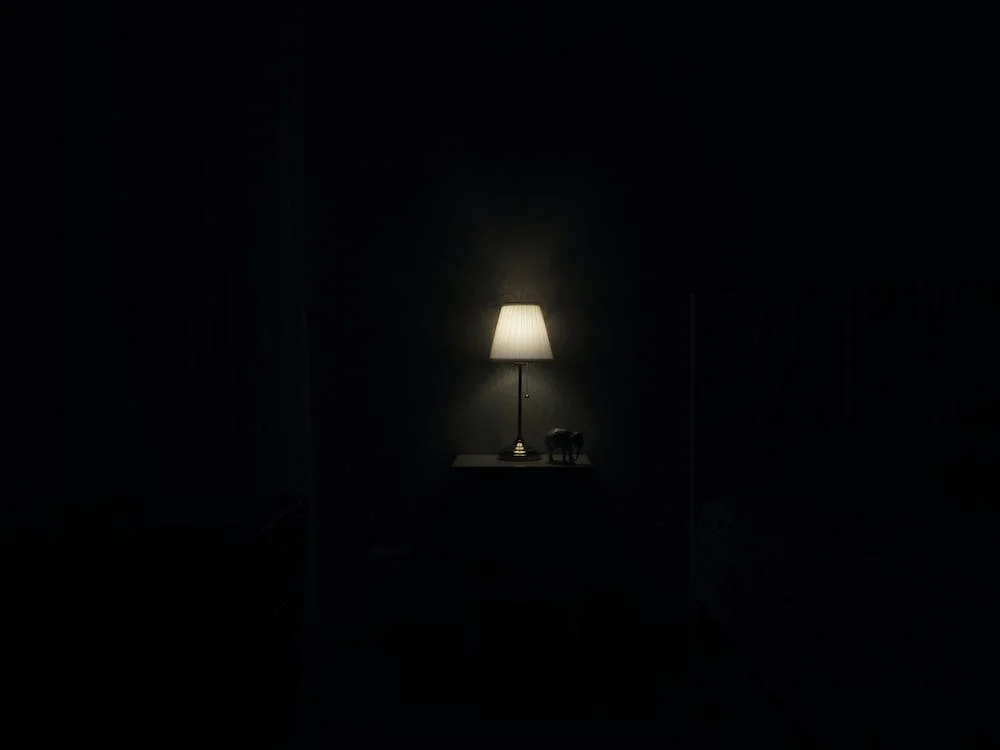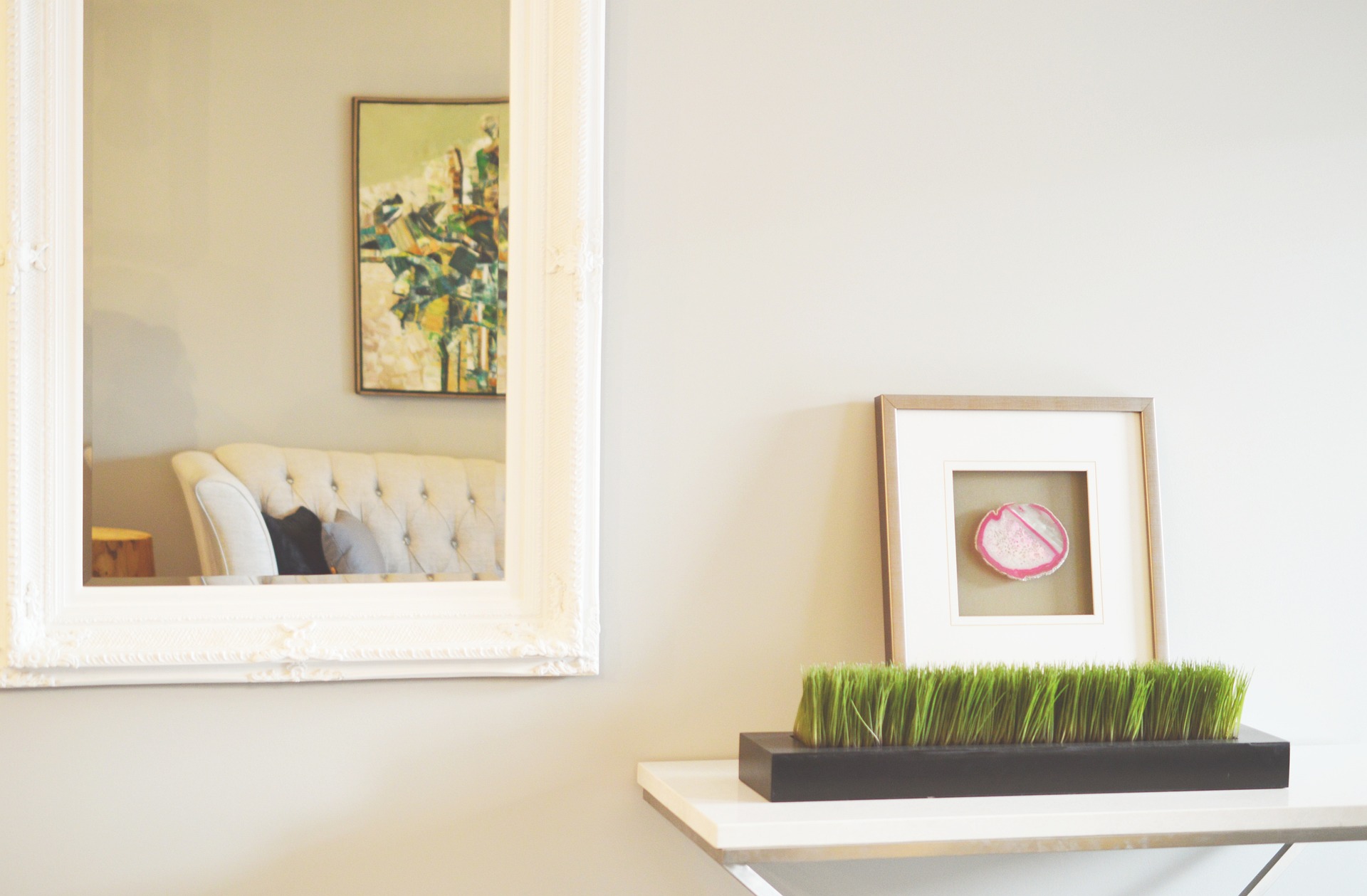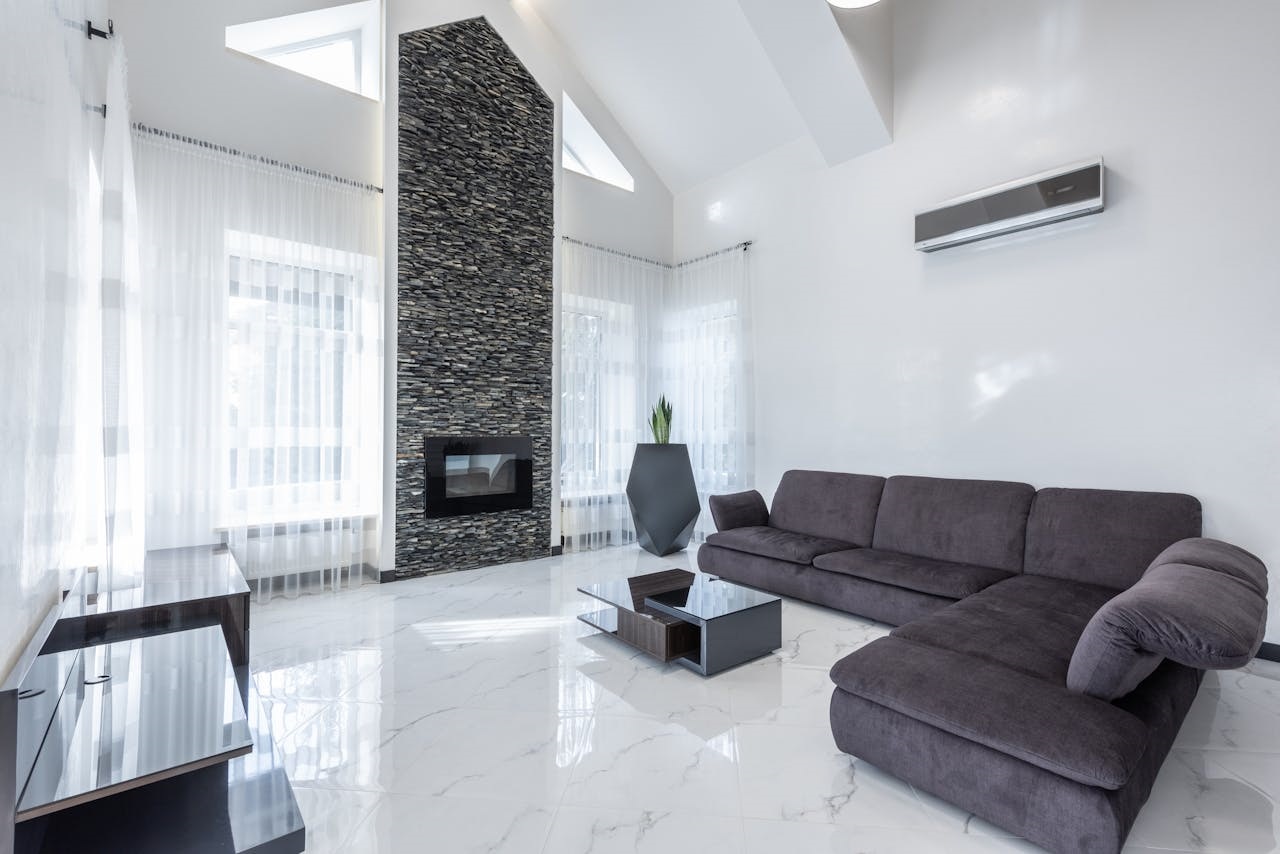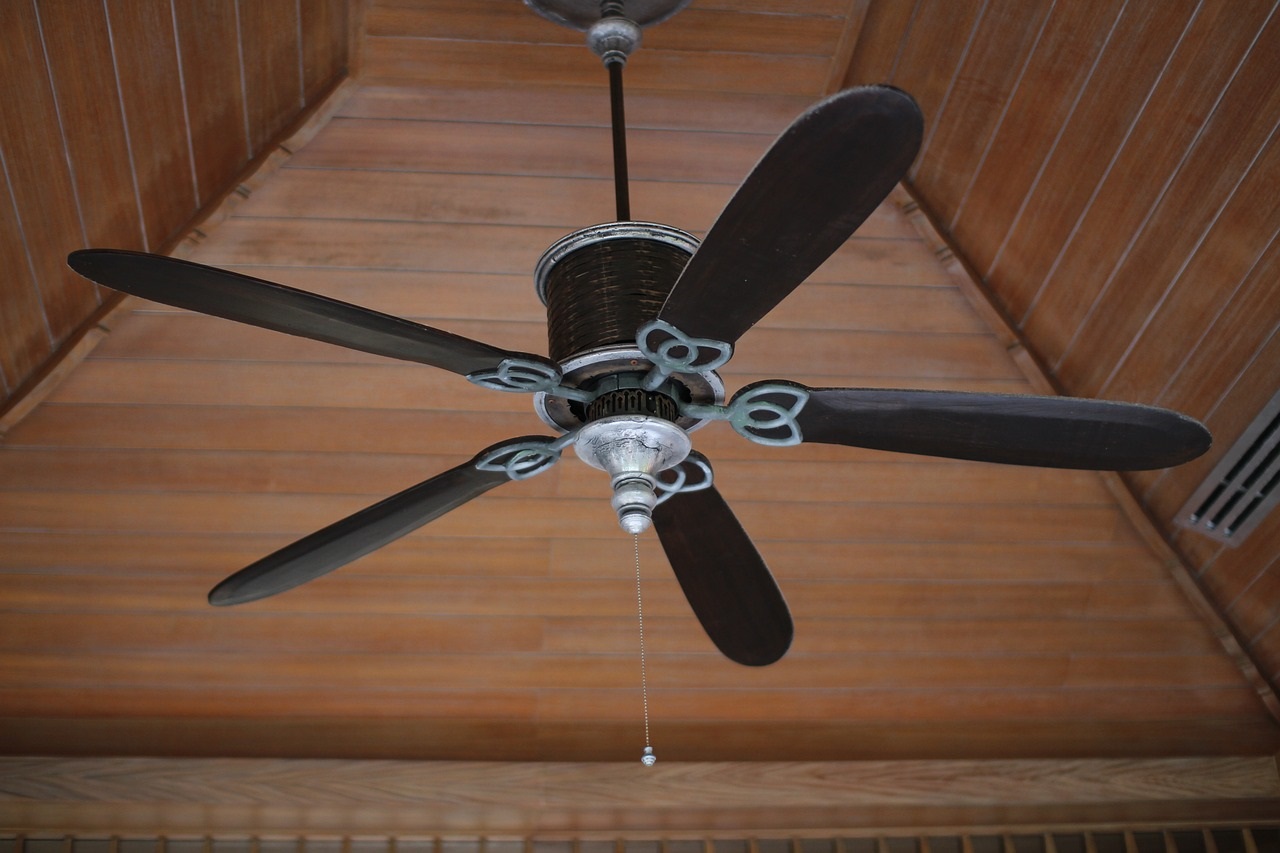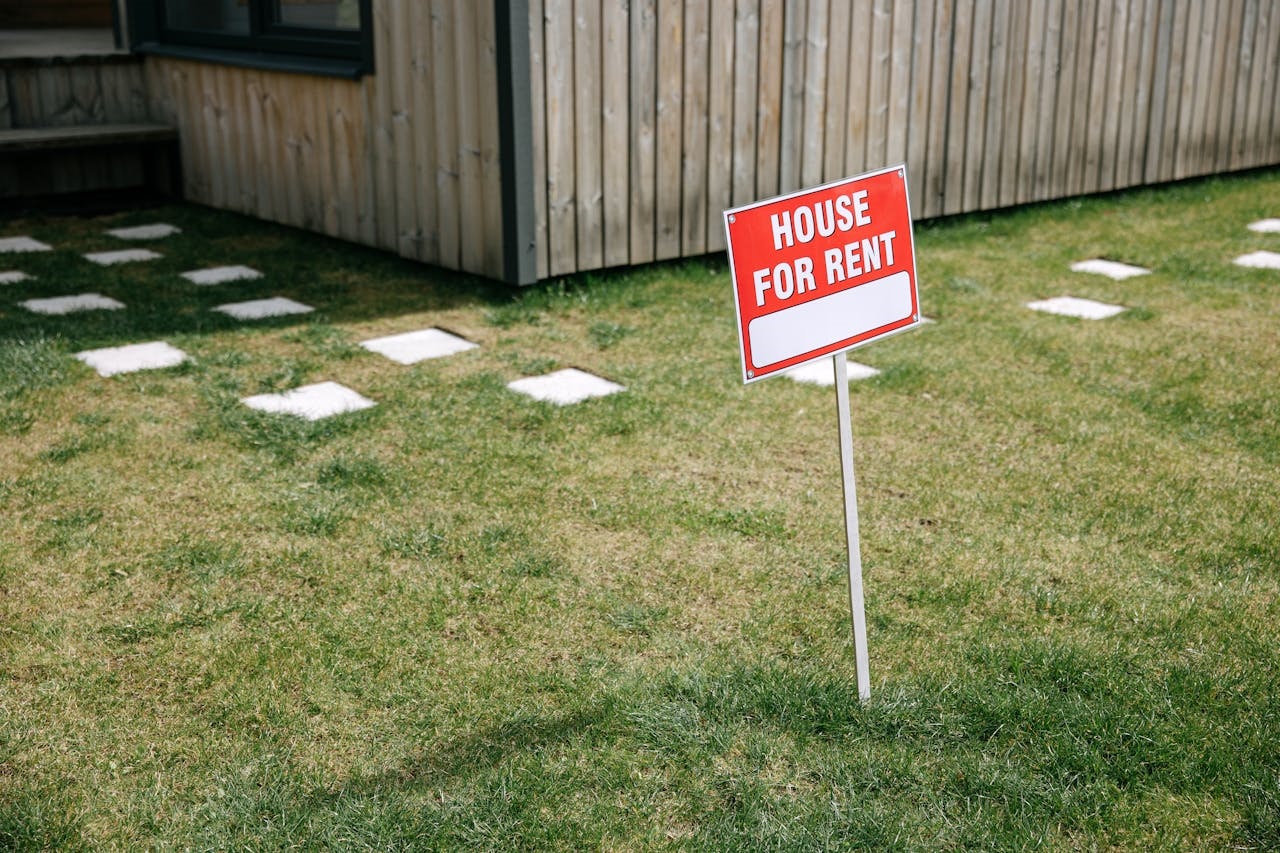When you’ve tried arranging your furniture in every position around the room, and you’re still not sure of the best place for the couch or the TV, maybe it’s time to try a Feng Shui makeover. Feng Shui is an ancient Chinese practice that aims to harmonize the energies of the environment with its inhabitants.
Practitioners believe that cosmic currents called Qi (pronounced “chi”) have the same patterns as wind and water. When our homes allow this energy to circulate freely, the result is improved health and a happy life.
Feng Shui is not a scientific method; rather, it is an understanding of design at a sophisticated meta-level of reasoning. Western interpretations lean to commonsense explanations of how and why people are comfortable in their homes, while traditional practitioners will explore the mystical elements of the discipline. Feng Shui provides a framework for improvements to a space.
Let’s look at a few examples of how it can make your home feel more livable. Traditional Feng Shui uses a compass and the year of the homeowner’s birth to define a basic setting. However, there are different schools or approaches and it’s not necessary to be exact to make your home more pleasant.
Many of the tips and suggestions are based on the concepts of light, airiness, feelings of security, and pleasing colours. For example, circles are considered better than squares or triangles. A round dining room table will seem less threatening than a square table with its sharp corners jutting into the living space. Also, people will be able to face each other and enjoy conversation more easily.
Another example is mirrors, which are considered to be beneficial in many respects. They add light to a space, hide obstructions like posts, and make a room feel larger. Placing a large mirror on the wall will make the room seem larger. Feng Shui theory suggests that a mirror in the dining room will give the illusion of twice the amount of food on the table, and thus the illusion of greater abundance in the home.
Feng Shui encourages the resolving of the hidden or mysterious design elements that can cause anxiety or worry. Worry is negative energy that is sustained by the individual so when we remove it, we naturally feel more relaxed and happier. For example, placing lights in dark corners will improve the Qi in a room; in practical terms, an evenly lit room is a more welcoming space.
Colour is very important when practicing Feng Shui. A serious practitioner will observe colours associated with birth years. It’s not uncommon for someone to discover that their Feng Shui colour is one of their favourites. If your particular birth-year colour is not one that you especially like, then you don’t need to use it. Any colour is nice as long if it feels soothing and promotes a sense of calm.
Feng Shui is a novel approach to interior design but one that is also grounded in good living environments. Experiment with your space and see if it works for you.
Are you looking to view homes and condos for sale? Contact Pemberton Holmes Nanaimo at 250-753-9688 or https://pembertonholmesnanaimo.com/nanaimo-real-estate-agents/



